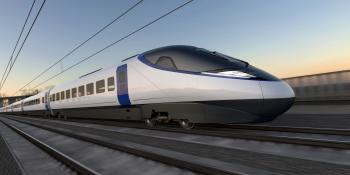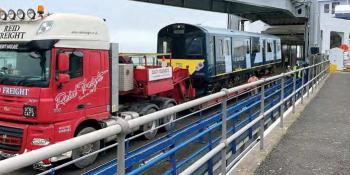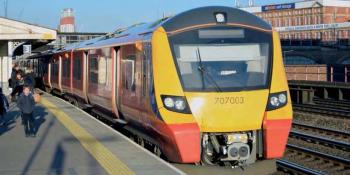Time to get mandatory UK content into the Potemkin train factories
Informed Sources

After my most recent critique of the Rail Supply Group’s (RSG) unworldly export aspirations (‘Informed Sources’, October 2016), official response came there none. This may have been because I was largely quoting from an analysis of export activities and markets prepared by the RSG’s own consultants. And their report covered much the same issues as my original article published following the formation of the RSG (Modern Railways, November 2015).
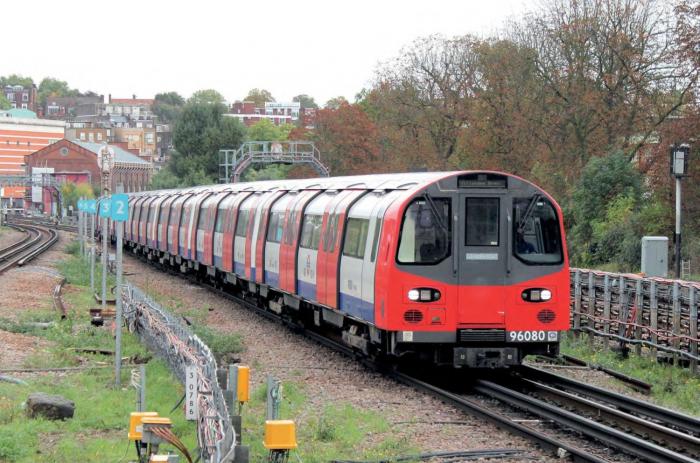
While none of those behind the RSG have thought it worth challenging my criticisms, the October article brought an invitation to visit a railway company that already exports 80% of its output. And that output is not the ever-present ‘services’, or software-based equipment, but the heavy engineering hardware, without which trains would not run, and which British industry is perceived as no longer making.
Founded in 1840, William Cook is a family owned business, built around steel casting. It has three foundries: one in the North East which is defence oriented; a general castings business in Sheffield; and the Leeds plant, where rail products represent around 80% of the output. Rail turnover this year is expected to be around £15 million out of a group total of £55 million.
Greeting me when I arrived at the Leeds foundry was an old chum. I first met Tim Bentley at GEC Alsthom’s Washwood Heath plant when the company was supplying the first post-privatisation multiple-units. He then moved to Alstom Traincare, responsible for the Pendolino train service provision contract.
Mr Bentley next went to work in Australia before returning last year to become Managing Director of William Cook’s rail operation. His remit is to expand the business. Apart from continuing to grow exports, the parallel challenge is to win more work in the UK.
A factory tour revealed that metal casting is infinitely more sophisticated compared with the time I spent in an iron foundry as a young apprentice. Advances range from additive manufacture (3D printing) of trial patterns, to a computer simulation of the behaviour of molten steel when poured into a mould that I could have watched all afternoon.
FAMILY
As a family-owned business, William Cook can move quickly. Where the multinationals require business cases for new investment, which then have to be reviewed by investment committees, Group Chairman and owner Sir Andrew Cook makes the decisions. In my time I have had the good fortune to work for a couple of what used to be called ‘captains of industry’. Sir Andrew is in this mould. Incidentally, he is also a lifetime reader of Modern Railways, going back to Trains Illustrated.
Sir Andrew exudes the confidence in his Group you expect from German and Japanese company heads. ‘I am proud of William Cook. I built it up almost from scratch. I believe we are “world class”, and we can prove it to our customers’ he says.
My tour of the plant showed that this confidence has been backed with hard cash, over £10 million in recent years. There has been extensive investment in five-axis computer-controlled machining centres, with space already allocated for more as the company accelerates the move from a supplier of raw castings to machined and welded finished products.
COUPLERS
Between reception and the meeting room I could not miss a bright blue Wedgelock automatic coupler on a plinth in the display area. This new product is William Cook’s home-grown challenger for the two big London Underground contracts. These are the Jubilee and Northern Additional Trains (JNAT) and the New Tube for London (NTfL).
It had its genesis in an order in early 2016 for new Wedgelock couplers for Central Line rolling stock. These were based on the original 1937 design, modified and modernised to suit the 1992-vintage trains. The new model’s development illustrates the speed with which a private company can move.
Having decided to design and build a 21st century Wedgelock coupler, the benefits of William Cook’s vertical integration model came into play. Following re-design, the steel castings were produced, machined and assembled at Leeds. From go-ahead to finished product, the ‘new, improved’ Wedgelock took just eightweeks.
INTERNATIONAL
Rail has taken on the greatest importance for Leeds following the decline in the oil and gas market, where the foundry produced castings for drilling equipment manufacturers to turn into finished products. With rail there is the opportunity to add considerable value to the basic product through supplying complete bogie frames, cast, machined and fabricated in-house.
To date 6,500 Series 3 bogie frames have been supplied for Bombardier Electrostar and Turbostar multiple-units. On this type of work William Cook’s engineers work with the customer’s design teams, optimising component design for performance and economic production.
Apart from bogies and all varieties of couplers, other rail products manufactured at Leeds include brake discs. The common feature is safety critical steel components for railway applications.
Current customers also include Alstom, and Mr Bentley emphasised that these orders included trains being supplied to the international market, not just those being imported to the UK. For example I saw stacks of cast secondary suspension pots being supplied to Alstom for the Coradia Polyvalent regional trains in service with French Railways. When I joked about the French predilection for self-sufficiency, Tim Bentley commented ‘There can’t be many who export into a French railway market – but we do’.
Bogies are generally part of the train manufacturer’s core competence that can often be based on fabricated rather than cast construction. In the case of one European major, William Cook’s engineering team collaborated recently on the development of a cast steel equivalent to a long-established fabricated design.
This was agreed by the manufacturer to have been cheaper and also superior in some respects. However, it was not adopted because of the time, and cost, of engineering the conversion and obtaining certification.
OVERHAUL
As part of the pursuit of added value, the Leeds workshop facility is being expanded to handle more overhaul work as well as manufacture. Current contracts include refurbishing Wedgelock couplers for London Underground and Tightlock couplers for Bombardier Electrostars.
Couplers are another of those safety-critical mechanical products that everyone takes for granted in the digital world. But railways use a lot of them and they are made from cast steel. William Cook is currently bidding to supply drophead buckeye couplings for a new fleet of wagons for Tubelines on order from China.

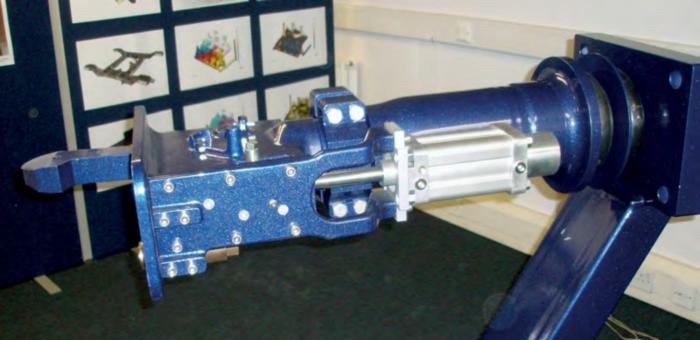
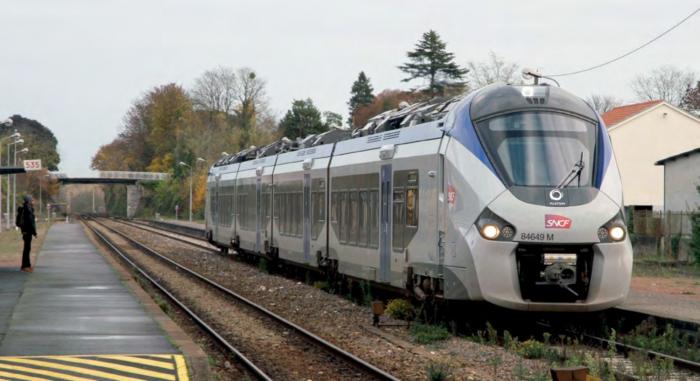
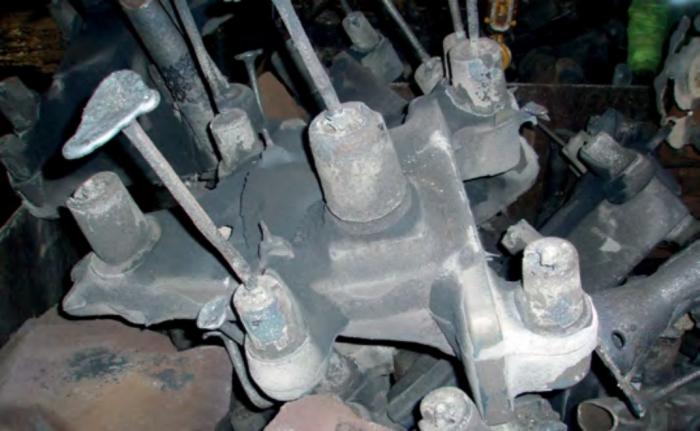
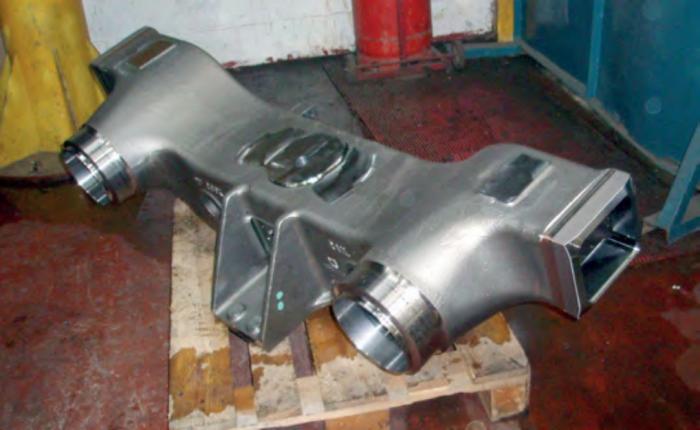
This makes the point that it is not just high profile passenger vehicles where those responsible for procurement tend to focus on lowest price without taking the benefit to the UK economy, what the Treasury’s Green Book calls ‘wider social costs and benefits’, into account.
SAFETY
‘Safety critical’ is bandied around, but that it is a real issue is demonstrated by the current production at Leeds of replacement semi-permanent bar couplers for EMUs. This follows a failure which resulted in two carsseparating.
Once again, it is not just a case of a straight replacement. William Cook designed a simpler coupler and is now working flat-out on meeting a number of orders from rolling stock companies.
UK MARKET
So here we have a flourishing UK company, exporting 80% of its output. Why did it feel the need to respond to my RSGcritique?
Well, as Chairman Sir Andrew Cook explained, the company’s order books do not reflect the sheer volume of new trains on order in the UK. For example, the company is not supplying the Inter-city Express Programme (IEP), where bogies, together with other high value-added systems and components, are imported from Japan.
Even more galling for the forthright chairman is the fact that, despite £1 billion being spent on new trains for the ‘Northern Powerhouse’ from CAF and Hitachi, almost none of this investment will be generating work for his world class rail component factory at the heart of the region.
Sir Andrew points out that, apart from Bombardier, Britain is importing trains from national champions who have their own established national supply chains from which William Cook is effectively excluded. This results in ‘the odd situation of William Cook having to export to the trains’ countries of manufacture in order to serve the UK domestic market’. In Sir Andrew’s words, this is ‘swimming against the current’.
LOCAL CONTENT
William Cook’s assessment of the main contenders in the UK new trains market goes like this:
■ Hitachi and Stadler are closed shops.
■ CAF was previously a closed shop but the door is now ajar. Following a visit for UK exporters organised by DIT, William Cook has been asked to quote for some parts, but the suspicion is that this might be box-ticking.
■ Siemens, however, appears to be taking engagement with the UK rail equipment supply chain seriously. A number of supplier days have been held, with Siemens represented by senior executives from the global organisation.
HS2 procurement, of course, is displaying the classic xenophilia of British railway managers and engineers to the extent of requiring construction consortia to include a foreign partner. Mandating UK content and exploiting the socio-economic considerations in the Green Book are not yet on the procurement agenda.
MANDATED
As argued in my articles on the RSG, the only way to get more high value-added rolling stock components and systems into new trains being ordered by franchises, London Underground and HS2 is to require a minimum local content by value. Nor am I alone in taking this view, which is on the Government’s radar.
There is an important caveat when it comes to local content. While a European supplier can have a UK plant, it may also be a ‘Potemkin factory’, importing complete or part-finished equipment from the parent company, but counting as British when shipped to the assembly plant.
However, the critical factor in assessing content is value versus parts count. As one government source has put it, value rather than percentage of contracts going to UK firms has to be the criterion, ‘so that we aren’t fobbed off with carpets, seats, interior panelling, lights and other lower value components, pleasing though it is to secure these anyway’.
STAKEHOLDERS
Back in the day, when berating British Rail engineers for trying to put UK suppliers out of business by buying ‘the best equipment in the world for the British public’, I would argue that their salaries were paid by workers in the factories whose jobs they were threatening.
Sir Andrew Cook enlarged on this when replying to Hitachi’s dismissal of his company’s recent approach seeking business. He noted that while the Japanese company’s procurement policy may be an internal matter, this is only partly true. He continued: ‘As both a significant UK taxpayer and an equally significant UK manufacturer of passenger bogie frames and components, William Cook is helping to fund the trains you are building and is also in a position to add value to them. We are, in a sense, “stakeholders”.’ Refusing to consider a manufacturer in the country placing large orders for new trains ‘does not seem to me to make good business sense,’ he concluded.
Well, while it may not make good business sense from the UK viewpoint, all manufacturers, quite reasonably, want to keep as much value as possible in their own countries. Which means that the only way to increase the high value content produced in the UK is either through the train manufacturer setting up the manufacture of stuff in this country, or ordering high value stuff from UK companies who actually make high value things, as opposed to sticking a Union Jack on an imported module as it passes from the goods inward to the delivery bay of a shed.
As Tim Bentley reminded me, mandating local content does happen elsewhere. Freshly back from Australia, he quoted recent contracts in Sydney and Melbourne.
New South Wales has ordered 512 double deck carriages for Sydney. These will be built in South Korea, although an associated maintenance contract will generate over 200 jobs locally.
In contrast, when the State of Victoria ordered 65 new trains for Melbourne it specified minimum local content and the winning bid from CRRC of China promised to create 1,100 jobs with 60% local build. Unsuccessful bidder Bombardier was offering 70% local build.
DEFINITION
Obviously, much depends on how you define local content. Hitachi claims that 70% of the parts in IEP are sourced from UK suppliers. But since the traction packages, air conditioning, universal access toilets and diesel power packs are imported, most of the parts must represent relatively low added value – welcome though the business is.
What the RSG should be doing now is working on a breakdown of where the cost goes in a train. These numbers should then be used to establish a credible minimum UK content by value for future state-backed orders, starting with offers in upcoming franchises, New Tube for London and the HS2 Classic Compatible fleet.
Of course, such a policy would generate howls of protest about supporting uncompetitive UK suppliers or restricting competition. Which is why I showcased a successful exporter before getting on to the politics of procurement.
As for restricting competition, as we see in the fighter plane market, if the prize is big enough manufacturers will crawl over broken glass to win the business. And we have some big prizes on offer. Nor would this approach automatically favour Bombardier, which assembles parts sourced from its European centres of excellence.
Do I think a UK government would have the intestinal fortitude to adopt such a policy? I have always assumed not, but with Brexit on the horizon we are going to need all the work we can get to put into UK factories and then some. But to make it happen the RSG needs to start lobbying now, to get an early commitment.

